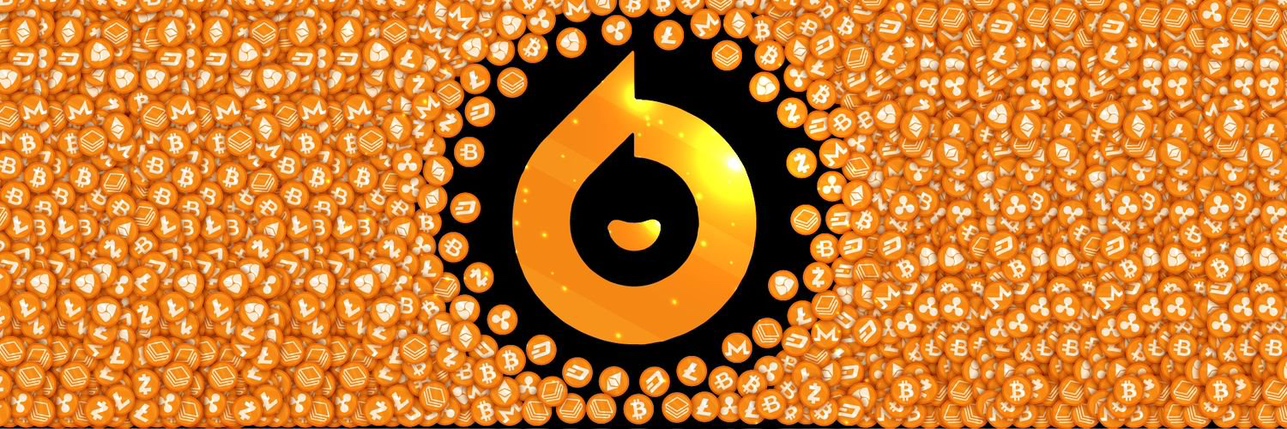
Hydro Protocol 價格HOT
HOT/TWD 匯率換算器
今日Hydro Protocol即時價格TWD
您認為今天 Hydro Protocol 價格會上漲還是下跌?
Hydro Protocol 市場資訊
Hydro Protocol (HOT) 簡介
密码货币是一种由密码学保护的数字或虚拟货币,在过去几十年中迅速发展并获得了广泛的认可和应用。其中一个备受关注的密码货币是Hydro Protocol(简称Hydro)。Hydro Protocol是一个去中心化的交易协议,旨在提供安全、高效和公平的交易环境。
Hydro Protocol的最大特点是其去中心化的本质。相比传统金融系统,Hydro Protocol不依赖于中心化的机构或第三方,而是通过智能合约在区块链上运行。这使得Hydro Protocol的交易过程更加透明和安全。因此,用户不需要担心操纵、篡改或滥用数据的问题,从而增加了交易的可信度和可靠性。
此外,Hydro Protocol还具有高效和低成本的特点。因为它是基于区块链技术,Hydro Protocol的交易可以在分布式网络中进行,无需中介机构,从而减少了交易的时间和成本。这对于那些希望进行迅速、便宜和安全交易的用户来说,非常有吸引力。
另一个Hydro Protocol的重要特点是其公平性。所有的交易和操作都被记录在区块链上,并且可以被任何人查看。这意味着所有的操作都是可追溯的,没有人可以单方面操纵交易结果。这增加了交易的公正性和透明度,有助于建立信任和合作。
Hydro Protocol的发展被认为对金融行业和数字经济具有重要的历史意义。它为全球范围内的用户提供了一种去中心化的交易解决方案,减少了依赖中心化机构的风险。此外,Hydro Protocol还为用户提供了更加灵活和便捷的交易方式,促进了数字经济的发展和创新。
总的来说,Hydro Protocol作为一种密码货币,具有去中心化、高效、低成本和公平性等重要特点。随着加密技术的进一步发展和应用,Hydro Protocol有望在全球范围内发挥更大的作用,为用户提供更好的交易体验。
Hydro Protocol 的 AI 分析報告
Hydro Protocol價格歷史(TWD)
 最低價
最低價 最高價
最高價 
Hydro Protocol的最高價格是多少?
Hydro Protocol的最低價格是多少?
Hydro Protocol價格預測
什麼時候是購買 HOT 的好時機? 我現在應該買入還是賣出 HOT?
熱門活動
全球Hydro Protocol價格
常見問題
Hydro Protocol 的目前價格是多少?
Hydro Protocol 的 24 小時交易量是多少?
Hydro Protocol 的歷史最高價是多少?
我可以在 Bitget 上購買 Hydro Protocol 嗎?
我可以透過投資 Hydro Protocol 獲得穩定的收入嗎?
我在哪裡能以最低的費用購買 Hydro Protocol?
相關加密貨幣價格
在哪裡可以購買加密貨幣?
影片部分 - 快速認證、快速交易

HOT/TWD 匯率換算器
HOT 資料來源
Bitget 觀點





Bitget 平台新上架幣種的價格








